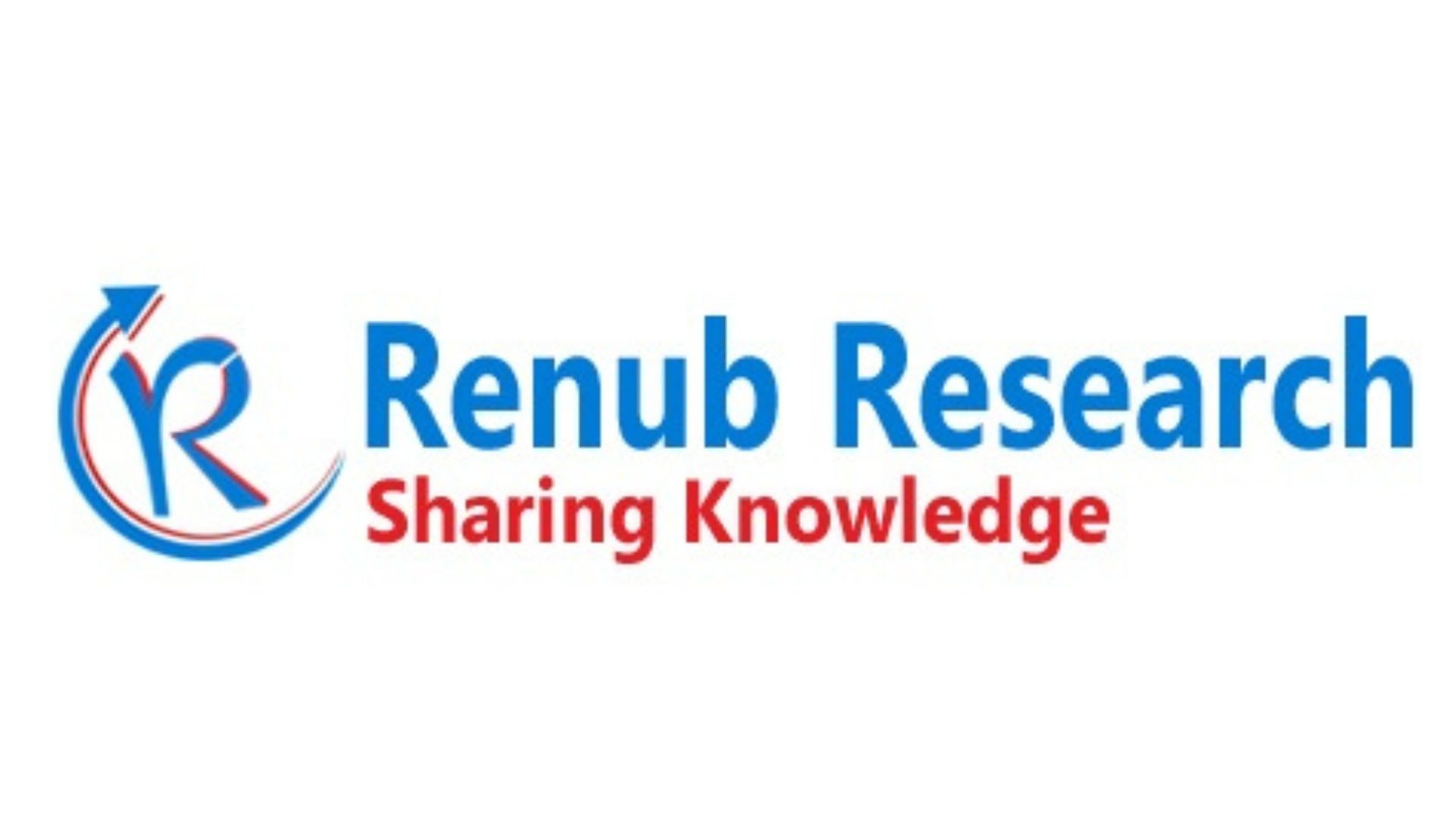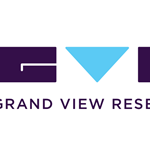North America Pharmaceutical Packaging Market Overview
The North America Pharmaceutical Packaging Market is projected to reach US$ 100.03 billion by 2033, rising from US$ 53.91 billion in 2024, with a CAGR of 7.11% from 2025 to 2033. The market’s strong growth trajectory is supported by expanding pharmaceutical production, rising adoption of biologics and specialty drugs, stringent regulatory norms on packaging safety, and the growing role of e-pharmacies in the healthcare supply chain. Furthermore, technological advancements in packaging design, materials, and traceability are driving innovation across the region.
Full Access Report:https://www.renub.com/north-america-pharmaceutical-packaging-market-p.php
Market Outlook
Pharmaceutical packaging in North America plays a pivotal role in ensuring the safety, efficacy, and integrity of medicines throughout their lifecycle—from manufacturing and transportation to patient administration. It includes primary packaging (bottles, blister packs, vials, ampoules, and syringes) and secondary packaging (cartons, labels, and outer containers). Packaging not only preserves drug stability and prevents contamination but also ensures accurate dosing and patient compliance.
Regulatory authorities, including the U.S. Food and Drug Administration (FDA) and Health Canada, mandate rigorous packaging standards emphasizing serialization, tamper-evidence, and labeling accuracy. In recent years, the industry has witnessed a growing integration of smart packaging technologies such as RFID, QR codes, and temperature sensors—offering real-time tracking, safety verification, and supply chain transparency. Moreover, with counterfeit drugs posing a major threat, pharmaceutical companies are investing heavily in anti-counterfeit and traceability solutions to protect patients and brand integrity.
Key Growth Drivers
Rising Pharmaceutical Production
The increasing pharmaceutical production in North America—especially in the U.S.—is a key growth driver. The region’s thriving drug manufacturing ecosystem produces large volumes of generic drugs, biologics, vaccines, and specialty pharmaceuticals, all requiring high-quality, compliant packaging solutions. The COVID-19 pandemic underscored the critical importance of secure packaging in vaccine distribution, highlighting the need for temperature-controlled packaging, tamper-proof seals, and durable containers capable of maintaining product efficacy during long transit cycles.
Regulatory bodies such as the FDA enforce strict quality and safety standards, compelling manufacturers to invest in compliant and traceable packaging systems. As pharmaceutical production scales up to meet rising healthcare demands, the requirement for innovative packaging that enhances stability, safety, and regulatory conformity continues to expand.
Technological Advancements in Packaging
Technological innovation is reshaping the pharmaceutical packaging landscape in North America. Smart packaging technologies—featuring embedded sensors, barcodes, or RFID tags—enable real-time monitoring of product conditions such as temperature and humidity, ensuring that sensitive drugs remain within approved storage parameters. This enhances transparency and reduces the risk of spoilage or tampering.
Other advancements, including pre-filled syringes, blister packaging, and child-resistant closures, are improving patient compliance and medication safety. Automation and digital printing are enabling more efficient production lines and better traceability. Simultaneously, sustainability is becoming a central theme—manufacturers are transitioning toward biodegradable plastics, recyclable materials, and reduced carbon-footprint packaging. Together, these innovations enhance efficiency, security, and environmental stewardship across the pharmaceutical supply chain.
Growth of E-Pharmacies and Online Drug Distribution
The exponential rise of e-pharmacies and online drug delivery platforms has significantly increased the demand for specialized pharmaceutical packaging. Packaging for e-commerce distribution must ensure product protection, tamper evidence, and temperature stability during long-distance transport. Additionally, the packaging must comply with labeling and tracking regulations to prevent counterfeiting and maintain patient trust.
The pandemic accelerated the adoption of online medicine delivery, leading to higher demand for secure, convenient, and patient-centric packaging. Multi-dose containers, single-use sachets, and easy-to-open pouches are gaining popularity among consumers. The integration of smart labels and QR codes enables patients to verify product authenticity and access dosage instructions digitally—further promoting patient safety and adherence.
👉 Want to explore detailed market trends, segment insights, and forecasts? 🔗 Request Sample Report:https://www.renub.com/request-sample-page.php?gturl=north-america-pharmaceutical-packaging-market-p.php
Market Challenges
Regulatory Compliance and Complexity
While strict regulations enhance product safety, they also introduce operational complexity for pharmaceutical packaging firms. Compliance with evolving requirements from the FDA and Health Canada—including serialization, labeling, and environmental standards—demands continuous investment in new technologies, training, and documentation systems. Small and medium-sized enterprises (SMEs) often find it difficult to adapt quickly to these changing frameworks, increasing the risk of production delays or compliance penalties.
Furthermore, sustainability-driven mandates are adding new dimensions to regulatory oversight, compelling companies to phase out non-recyclable materials and develop eco-friendly alternatives. Achieving full compliance across global and local regulations thus remains both an opportunity and a challenge for packaging manufacturers.
High Implementation and Maintenance Costs
The adoption of advanced pharmaceutical packaging technologies, such as RFID tagging, smart sensors, and automation systems, entails substantial capital investments. Beyond installation, companies must allocate resources for ongoing maintenance, quality assurance, and employee training. These expenses can significantly increase production costs, particularly for smaller or emerging manufacturers.
In addition, global supply chain disruptions and material price volatility can exacerbate cost pressures. While innovative packaging enhances efficiency and compliance, high setup and operational costs may constrain adoption, especially in cost-sensitive market segments.
Country Insights
United States
The U.S. pharmaceutical packaging market dominates the North American region, accounting for the largest share due to its extensive pharmaceutical production base and advanced healthcare infrastructure. The presence of leading packaging and drug manufacturers, coupled with stringent FDA oversight, ensures that packaging innovation remains a top priority.
High demand for biologics, vaccines, and specialty drugs drives the need for temperature-controlled, tamper-proof, and smart packaging solutions. Additionally, the rapid expansion of e-pharmacies and direct-to-consumer healthcare models has reshaped packaging design to prioritize durability and convenience.
Challenges persist in navigating complex regulations, high material costs, and supply chain inefficiencies. However, robust R&D investments, increasing healthcare spending, and growing sustainability commitments continue to strengthen the U.S. market. Major players such as Amcor, WestRock, and Gerresheimer lead through innovation and strategic partnerships.
Canada
The Canadian pharmaceutical packaging market is experiencing steady growth, driven by expanding pharmaceutical manufacturing and healthcare service accessibility. Compliance with Health Canada standards on labeling, serialization, and traceability remains a key industry focus.
Rising e-pharmacy adoption and the growing consumption of specialty and biologic drugs have created a need for secure, user-friendly, and eco-conscious packaging. Canadian manufacturers are increasingly adopting smart packaging technologies and sustainable materials to align with environmental objectives and improve patient outcomes.
Nonetheless, challenges such as high operational costs and supply chain inefficiencies persist. The Canadian government’s emphasis on sustainability, patient safety, and healthcare innovation continues to encourage investment in advanced packaging solutions.
Recent Developments
· January 2025: DS Smith introduced a temperature-controlled packaging system for pharmaceutical and biotech firms, supporting sustainability goals and enabling safe transport of temperature-sensitive drugs.
· October 2024: Bayer, in collaboration with Liveo Research, launched the first PET blister packaging for its Aleve brand, reducing carbon footprint by 38% and eliminating PVC.
· September 2024: BGS Beta-Gamma-Service announced plans to open its first U.S. sterilization facility in Pennsylvania, offering automated E-beam sterilization for pharmaceutical packaging.
· January 2024: SGD Pharma expanded its Clareo and Sterinity molded glass vial ranges for the American market, ensuring high durability and compliance.
Market Segmentation
By Material:
· Plastics & Polymers
· Paper & Paperboard
· Glass
· Aluminum Foil
· Others
By Product Type:
· Bottles
· Caps & Closures
· Pre-Filled Syringes
· Vials & Ampoules
· Jars & Canisters
· Blister Packs
· Pre-Filled Inhalers
· Cartridges
· Bags & Pouches
· Others
By Country:
· United States
· Canada
Competitive Landscape
The North American pharmaceutical packaging market is moderately consolidated, with global and regional players emphasizing product innovation, sustainability, and supply chain efficiency. Companies focus on mergers, acquisitions, and R&D to expand their product portfolios and geographical reach.
Key Companies:
· Amcor PLC
· 3M Company
· Schott AG
· WestRock Company
· Berry Global Group Inc.
· McKesson Corporation
· AptarGroup Inc.
· Klockner Pentaplast Group
· CCL Industries Inc.
· FlexiTuff International Ltd.
Conclusion
The North America Pharmaceutical Packaging Market is on a robust growth path, powered by technological advancements, regulatory reforms, and expanding pharmaceutical production. As the healthcare industry increasingly embraces digitization, e-commerce, and sustainability, the packaging sector will continue to evolve toward smart, traceable, and eco-friendly solutions.
With rising demand for patient-centric packaging and continued innovation by key players, North America is expected to remain at the forefront of global pharmaceutical packaging innovation through 2033.
👉 For deeper analysis, detailed segment data, and company insights: 🔗 Request Customization Report:https://www.renub.com/request-customization-page.php?gturl=north-america-pharmaceutical-packaging-market-p.php
Note: If you need details, data, or insights not covered in this report, we are glad to assist. Through our customization service, we will collect and deliver the information you require, tailored to your specific needs. Share your requirements with us, and we will update the report to align with your expectations.







